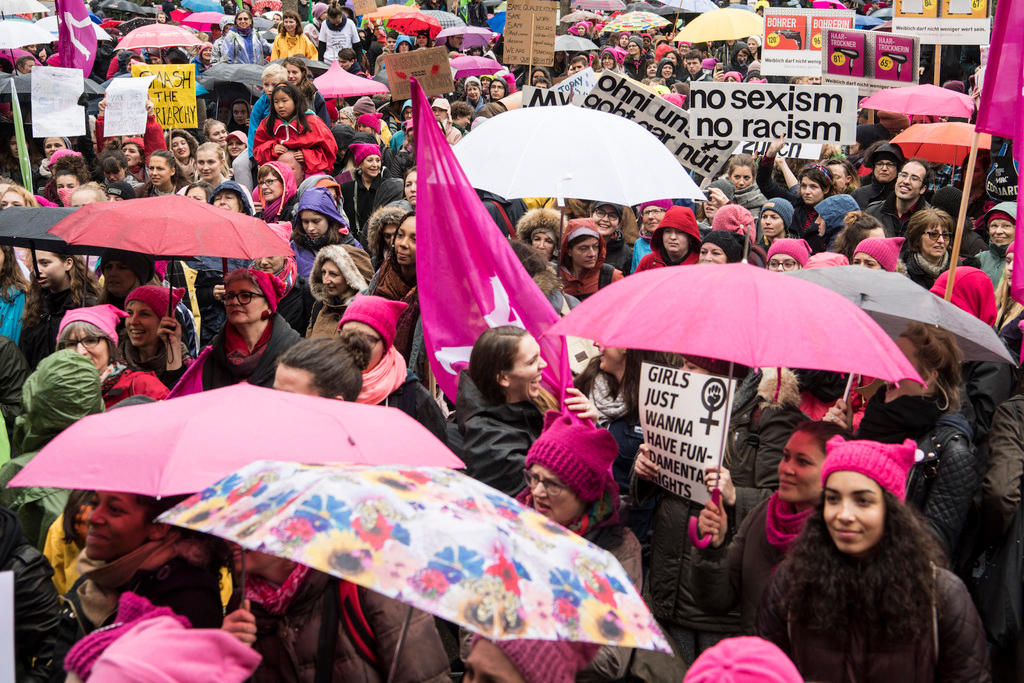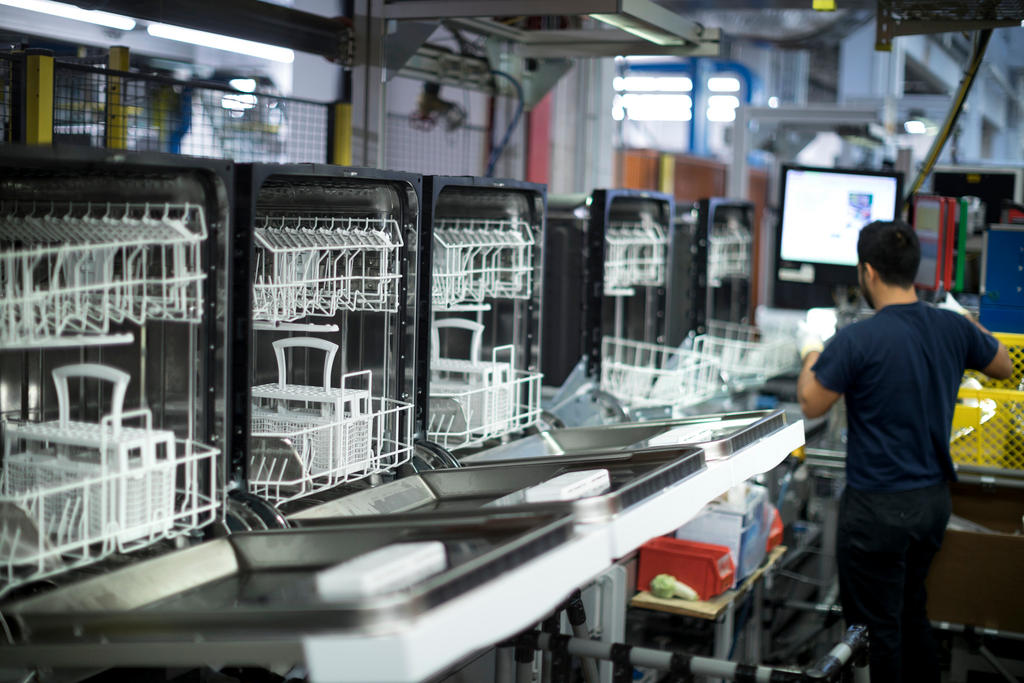How work has evolved for Switzerland’s women and men
Male midwives, female electricians... Professional stereotypes for both genders are hard to eradicate in Switzerland. Here is an overview of how gender dynamics have evolved in the Swiss labour market – or failed to do so – in the past five decades.
A traditional family model, where the man works and the woman stays home to raise the children, has endured in the Alpine nation. Having stayed out of the world wars of the twentieth century, Swiss women were not pushed into the work force to fill in the labour gaps created by men going to the front.
Although many professions have become more diversified in the past 50 years, gender segregation nevertheless remains widespread. The graphic below shows how gender dynamics play out in the 30 most common jobs in Switzerland.
Venturing out of the kitchen?
In 1970, women made up no more than a third of the workforce. Today, female participation in the labour market is 46 percent. They tend to continue working after they become mothers, but on a part-time basis.
Changes in gender proportions
Women are particularly making inroads in higher-skilled fields, as the previous graphic shows. We analysed the data for more than 500 professions over 50 years to see which ones saw the biggest changes in gender patterns.
Gender segregation endures
The Swiss labour market is the most discriminatory in Europe in terms of gender equality, according to British magazine The EconomistExternal link. It puts Switzerland 21st out of 21 European countries and 26th out of 29 OECDExternal link countries. The main reasons are traditional views of gender roles and women’s difficulties reconciling family and professional life.
This situation brings up problems with regard to equal pay for men and women. Traditionally, female professions like nursing and teaching young children carry less social status, offer fewer prospects for advancement and are not well paid.
Sectors of activity dominated by one sex and lacking qualified personnel could benefit from more gender diversity, according to a 2013 international survey that also placed Switzerland at the bottom of a global list for professional gender segregation.
Follow the author of this article onTwitter @duc_qnExternal link

More
Drive for women in top jobs suffers setback

In compliance with the JTI standards
More: SWI swissinfo.ch certified by the Journalism Trust Initiative













You can find an overview of ongoing debates with our journalists here . Please join us!
If you want to start a conversation about a topic raised in this article or want to report factual errors, email us at english@swissinfo.ch.